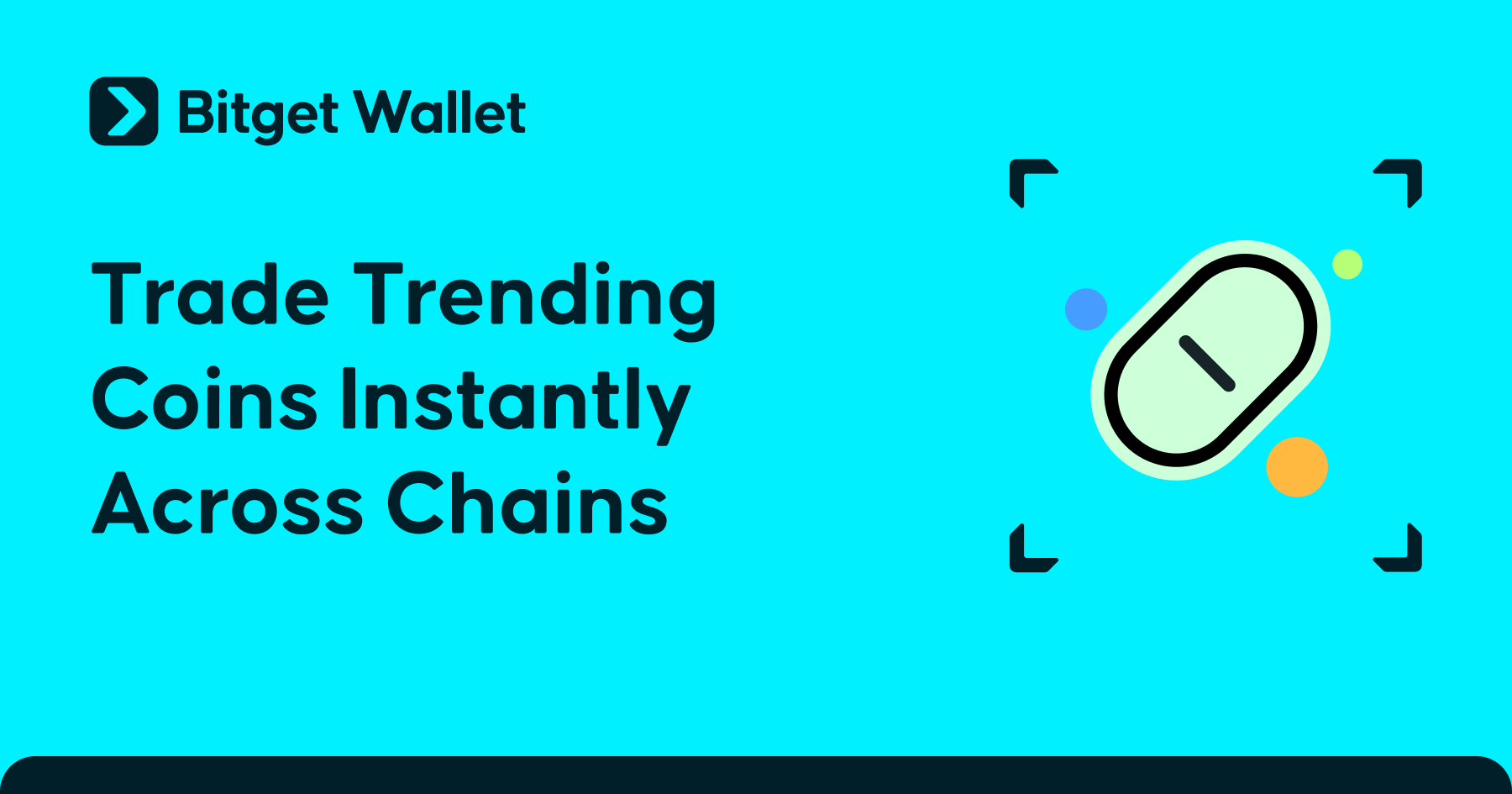All About DEX Volume: Why is it Important in Web3?

A total $13.5 billion DEX trading volume on Solana over the last week shows a trend: DEXs are quickly gaining traction. This article looks into the intricacies of DEX volume, including its definition, calculating techniques, and variables influencing it.
What is DEX Volume?
DEX volume refers to the total value of crypto assets exchanged on a DEX platform over a certain time period. This measure is often stated in US dollars, although it can be computed in other currencies as well. There are numerous methods for measuring DEX volume, including:
- 24-hour volume: This is the overall amount of trading activity in the last 24 hours, which provides insight into recent market actions.
- Weekly volume: The weekly figure indicates the total trading activity over the previous seven days, providing a more comprehensive perspective of trade patterns.
- Total volume: Last but not least, the total volume covers DEX's entire trading history from its inception, giving a complete picture of its overall popularity and liquidity.
DEX volume is computed by adding the values of all transactions performed on the platform during a certain period. This covers cryptocurrency swaps, leveraged trading, and even non-fungible tokens (NFTs).
There are various tools and resources available for monitoring DEX volume. For example, data aggregators combine data from several DEXs to give complete rankings and insights, while on-chain data analysis can be utilized to investigate trade patterns, liquidity pools, and other variables that influence volume.
DEX Transaction Volume: What does it Mean?
DEX transaction volume is a reliable measure of a decentralized exchange's health and popularity. High volume often indicates a popular and reputable platform with a wide range of trading alternatives and strong liquidity - the ability to buy or sell assets without materially altering their price. A large figure can help attract more consumers and liquidity suppliers, resulting in a virtuous cycle of growth.
In contrast, low volume may raise worries about the platform's user base, liquidity, and long-term survival. While it’s not the only deciding factor, continuously low volume implies restricted token sales or future difficulties in recruiting users.
How to Compute DEX Volume?
Computing DEX volume requires adding together the total value of all transactions completed on the platform during a certain period. Let’s break it down with a simple example. Consider a hypothetical DEX in which the following transactions occur in a single day:
- Trader A buys 1 Bitcoin (BTC) for $30,000.
- Trader B buys 5 Ethereum (ETH) for $2,000 each.
- Trader C sells 0.5 BTC for $15,500.
- Trader D sells 2 ETH for $2,100 each.
To get the DEX volume for that day, we will first compute the total value of each trade:
- Trade A: 1 BTC * $30,000/BTC = $30,000
- Trade B: 5 ETH * $2,000/ETH = $10,000
- Trade C: 0.5 BTC * $15,500/BTC = $7,750
- Trade D: 2 ETH * $2,100/ETH = $4,200
Then we combine the total amount of all the trades:
-
Total DEX volume: $30,000 + $10,000 + $7,750 + $4,200 = $51,950
This is the total DEX volume for the day in USD. You can determine volume for any time period, including an hour, a week, and a month. Keep in mind that this is a simplified example; actual DEX volumes might vary greatly based on market circumstances and the platform's popularity.
Factors Influencing DEX Volume
Numerous variables influence the oscillations and general trends in DEX volume. Understanding these dynamics is critical for consumers and developers in the DeFi arena.
- Market conditions: The larger cryptocurrency market attitude has a substantial impact on DEX volume. Bullish movements often result in higher trading activity, while bearish markets frequently see lower volumes. Volatility, too, may drive trading as traders attempt to profit from price fluctuations.
- Token listings: New and intriguing token listings, particularly ones with strong communities or novel use cases, might result in an increase in trade volume as people come to the DEX to participate.
- Incentive programs: Many DEXs include liquidity mining and yield farming programs in which users are paid with tokens for providing liquidity or engaging in particular trading behaviors. These incentives may greatly increase volume by enticing both traders and liquidity providers.
- User experience: A flawless user experience is essential. Intuitive interfaces, rapid transaction speeds, and low costs all have a substantial impact on user adoption and, by extension, trading volume.
- Security and trust: Trust is the foundation of the DeFi ecosystem. DEXs with strong security measures, transparent operations, and a track record of dependability tend to attract more users and larger volumes.
DEX Volume Reaching ATH: A New Era In Crypto Trading?
As mentioned early on, DEXs recently reached a historic milestone, surpassing CEXs in market share for the first time. This spike in DEX trading volume, attributed to the aforementioned factors, reflects crypto fans’ increasing preference for decentralized, peer-to-peer trading platforms. It’s particularly evident in the remarkable $13.5 billion weekly trading volume achieved by Solana's on-chain DEXs.
This change in market dynamics has important ramifications for the future of cryptocurrency trading. The rising DEX volume not only indicates a growing need for decentralized financial services but also emphasizes the significance of liquidity and user experience on these platforms.
If this trend manages to maintain its current momentum, you can witness a paradigm shift in the crypto trading landscape, accelerating the adoption of Web3 technologies.
Top 10 Decentralized Exchange (DEX) Tokens
The market capitalization of a DEX's native tokens often reflects its popularity and success. These tokens serve a variety of objectives, ranging from governance to encouraging liquidity provision.
| The largest DEX by volume, known for its automated market maker (AMM) model and governance token. |
|
| Stellar (XLM) |
A blockchain designed for fast and low-cost cross-border payments, facilitating decentralized exchanges. |
| THORChain (RUNE) |
A cross-chain DEX that enables the exchange of native assets across different blockchains. |
| A decentralized derivatives exchange specializing in perpetual contracts and margin trading. |
|
| A prediction market platform that also enables decentralized exchange functionalities. |
|
| A Solana-based AMM DEX known for its fast transaction speeds and low fees. |
|
| A decentralized synthetic asset issuance protocol with a built-in DEX for trading synthetic assets. |
|
| A DEX aggregator that sources liquidity from multiple DEXs to offer the best possible prices. |
|
| The largest DEX on the Binance Smart Chain, known for its gamified yield farming and staking features. |
|
| A deep liquidity network connecting traders, exchanges, institutions, and DeFi platforms. |
With the expansion of Web3 and the rising popularity of cryptocurrency adoption, DEX volume is expected to grow even further in the near future. To fully engage in this exciting future and securely trade the vast variety of DEX tokens available, use a trustworthy wallet. Bitget Wallet provides a complete solution for managing your digital assets, preparing you to manage the ever-changing world of Web3.
- What Is Crypto Fear and Greed Index: How Traders Read Fear vs Greed Signals2025-11-19 | 5 mins
- How to Pay with Crypto: Fast, Safe, and Beginner-Friendly Method2025-11-18 | 5 mins
- How to Convert Your Crypto to Cash: 5 Easy Ways for Beginners2025-11-18 | 5 mins

















